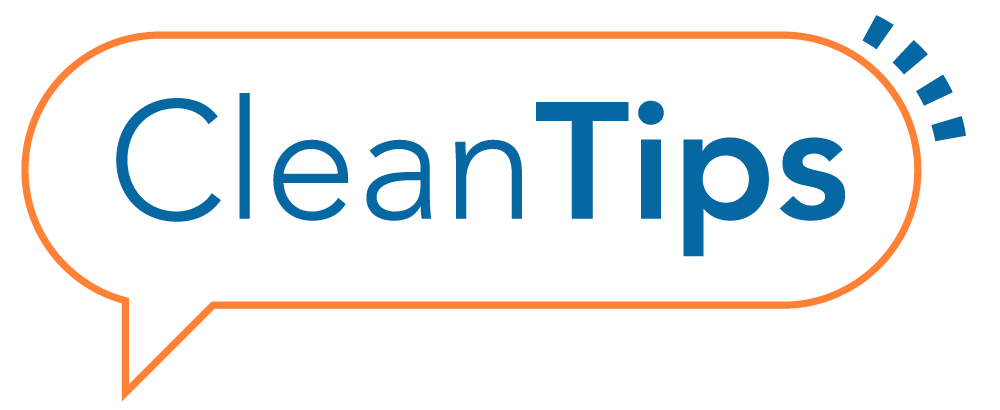Choosing “Green” and Clean Better Meets Customer Needs courtesy of SCA Tissue
Loading the player ... |
What has SCA Tissue been doing to understand these challenging times and how they are affecting our industry?
These are challenging and uncertain times and the jan/san market is faced with multiple challenges from every direction. Saying budgets are tight is an understatement. Companies are facing budget cuts and staffing shortages. Businesses are dealing with the impacts of fewer customers, and some companies are even closing their doors. A recent example is Circuit City, whose closure not only affected their employees but the cleaning crews that serviced the stores. With users of the spaces we all serve being at a real premium today, we set out to get an accurate picture of their mindset. We conducted two Harris Interactive Polls, one focused on hygiene and one on the environment. The objective was to assess what users are doing, thinking, and saying. The results were somewhat surprising, and say a lot about public opinion on green cleaning and how jan/san companies can more effectively reach the user and offer solutions.
Did you find anything particularly interesting about the green poll results?
Our environmental poll was conducted right at the bottom of the stock market in March, when our economy was at the toughest levels and one might expect “green” to be a fading concept . 49% of all respondents reported to be buying at the same levels of green as they were before, and 19% reported to be actually buying more. 60% of all respondents expect “green” to not add a premium in terms of the price.
This speaks to the belief that green is here to stay, that it is becoming entrenched in our decision making process, you can be green without spending more green, and it can actually save you more money than other conventional options.
20% of people rely on a third-party certification to know if a green claim is true but the largest group, 34%, reported they aren’t sure how to verify a green claim is true. When asked how they wanted a business to let them know about their green commitments, and again, the largest group, 28% didn’t even know. People are having a difficult time telling the difference between green and greenwashing. The results show the need for more effective education on how to verify claims of environmental friendliness and the role that having third-party certifications can play in that verification and customer peace of mind.
What insights did the hygiene poll provide about the general public?
Looking at our hygiene poll, 45% of respondents were most concerned about health and hygiene risks in public and shared restrooms.
54% of people prefer to dry their hands with paper towels and 59% believed it to be the fastest hand drying method.
94% of respondents replied they always wash their hands after using the restroom. We know that what people say and what people do are often quite different as many studies have shown. We asked them how often they felt other people washed their hands and over 80% felt it was 60% of the time or less. When asked about after blowing their nose, touching food or money, the reported rate dropped to 40-60%, so you can imagine what the actual habits were.
Do you know of any other studies that have been conducted that add insight or support to your results?
ATP testing, a staple in the foodservice industry, is starting to really gain momentum in our industry. It measures the presence of an enzyme found in all living cells and is a good indicator of the cleanliness of surfaces. Some informal ATP testing I did showed that commonly touched surfaces outside the restroom were more contaminated than the normal hotspots of the stall locks, door handles, and faucet levers. This shows that not every cleaning program is as effective as it needs to be and the general hygiene habits (or lack of) from the people using shared spaces are increasing the risks of illnesses.
At the end of the day, what do you think this all means for our industry?
Our polls show that people are expecting green and increasingly looking for it. It’s more important than ever to clearly and publicly have a program in place that shows you are providing sustainable yet effective cleaning programs. The low hanging fruit is gone, now businesses are starting to look at deeper concepts, like how absenteeism affects the bottom line. To reduce absenteeism, you need to improve the hygiene habits of the users with training and programs. However, since you physically make every person wash their hands, you also need to continue to drive the concept that visibly clean is not always effectively clean. This multi prong approach provides real value and differentiation to business, from the establishment being cleaned to service providers. That holistic approach is the basis of our Let’s Talk Tork program. Tork Systems reduce costs, while improving hygiene and protecting the environment. More information on our solutions can be found at www.talktork.com.
posted on 5/18/2009


 The Down and Dirty on Cleaning in Virus Season
The Down and Dirty on Cleaning in Virus Season How Surfactant Use is Expanding in Commercial Cleaning
How Surfactant Use is Expanding in Commercial Cleaning Maximize Your Margins: Learn How to Automate Pricing and Track Rebates
Maximize Your Margins: Learn How to Automate Pricing and Track Rebates